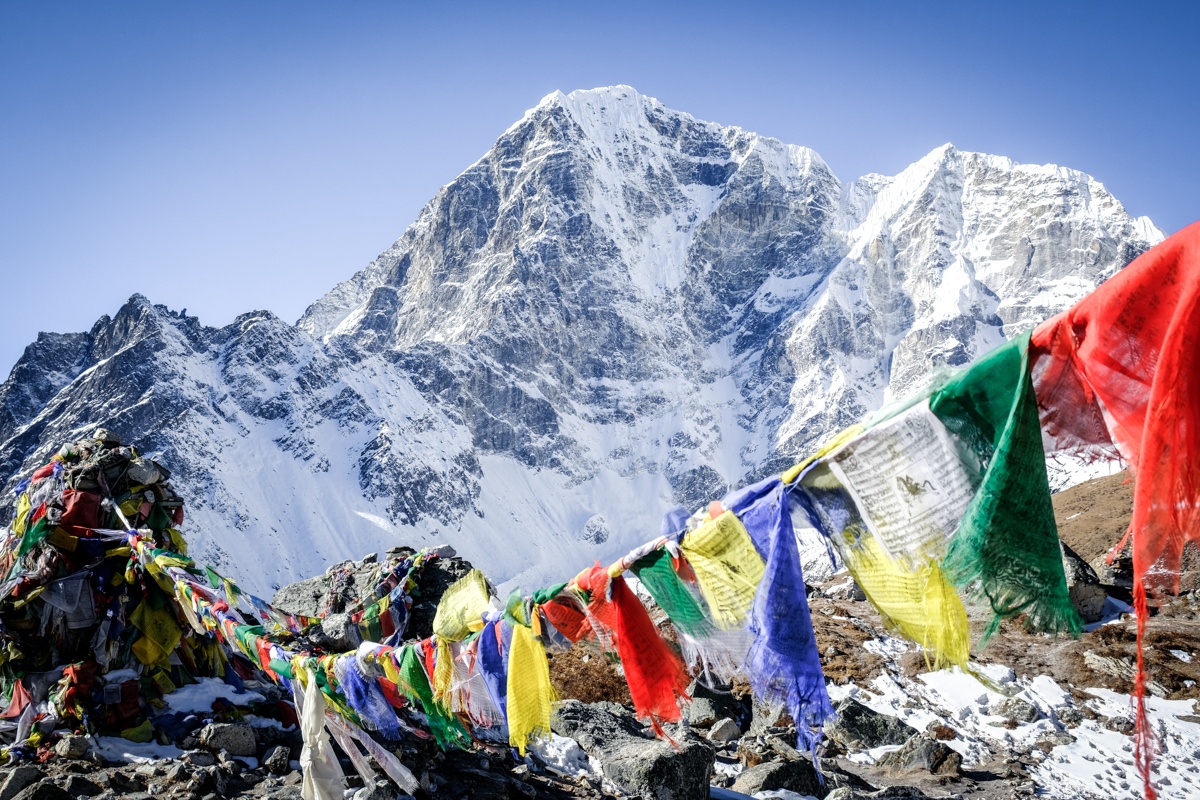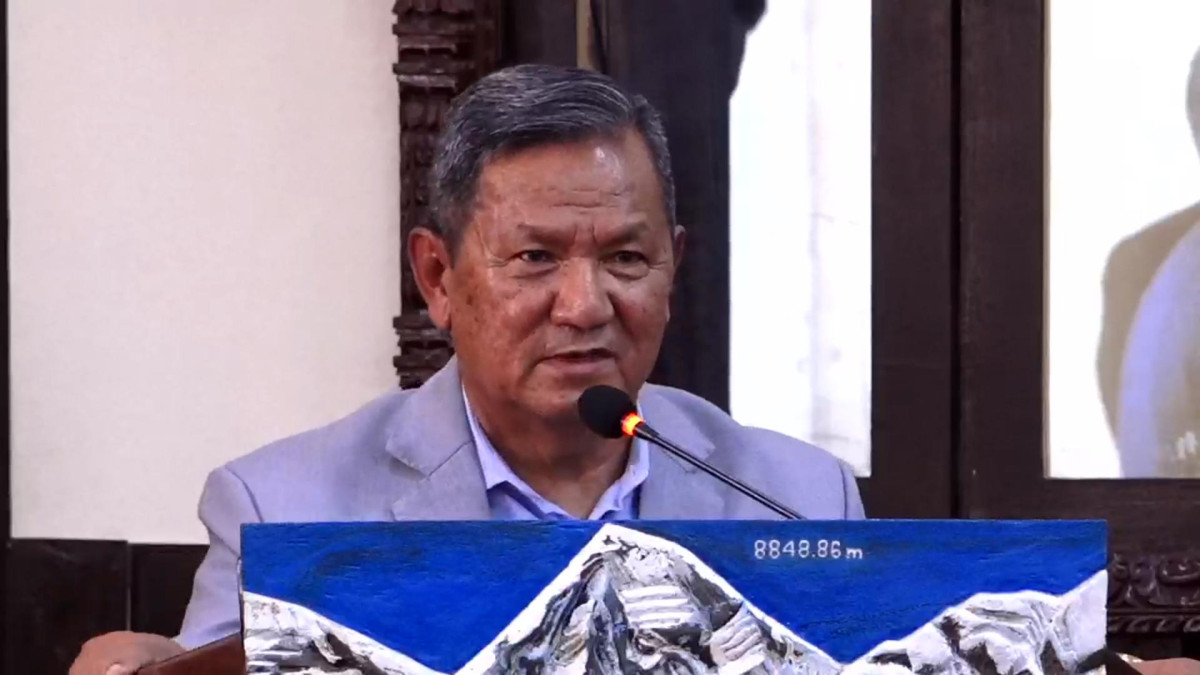For past 2,000 years, why has glacier at highest summit been melting so quickly?

ITAHARI: FEB. 5 – According to a new study, the glaciers in the upper part of Mount Everest are melting at an alarming rate as a result of climate change.
The South Cole Glacier, which is located on the world’s highest mountain, has shrunk by 54 meters (180 feet) in the previous 25 years, according to scientists from the University of Maine.
The glacier, which is 7,906 meters above sea level, is melting 80 times quicker than it was when it first began to freeze. The ice is rapidly melting and thinning because to rising temperatures and high-velocity winds.
The ice, which had been forming for about 2,000 years, had been melting since the 1990s, according to the researchers.
Why does the ice melt?
He said the melting process was intensified by the sun’s glare as the glaciers were covered with thick snow and the “black ice” beneath them was visible.
The findings of the study, according to Dr. Mariusz Potoski, one of the key experts, indicate that the “South Cole Glacier is likely to be melting.” It could have been a remnant of the previous colder periods, he believes.
Dr. Tom Mathews, another report author and a climate scientist at King’s College London, told the BBC that the weather in the area had not changed as the snow melted.
“Instead, a modest rise in temperature brings the glacier to a point where all of a sudden everything changes,” he said. Although melting glaciers have been extensively studied, the effects of climate change on glaciers at this height have not been studied in the past.
How was the study?
A team of ten scientists had reached the glacier. Two weather monitoring stations were set up there by the team. These stations are thought to be the world’s highest. Scientists took samples from a 10-meter-long snow “ice core.”
The study revealed previously unknown aspects about the Earth’s susceptibility to quite modest changes at very high altitudes, according to team leader Dr. Paul Mayewski.
What is the effect?
He believes that rapid glacier melting could have substantial consequences on a range of “regional and global levels.” Glaciers provide drinking water to about one billion people throughout the world.
As the snow on Mount Everest melts into other glaciers in the region or throughout the world, its ability to provide water for drinking and irrigation may be severely hampered. Climbers may have to face snow-covered rocks when snow and ice levels decline, adding to the climbing obstacles.
Mountaineering may become even more difficult as a result of this.
Dr. Matthews described the South Cole Glacier as “very small compared to everything else.” “Investigators must now find out to what extent the sensitivities we have discovered apply to ice deposits on the ‘roof of the world’,” he told the BBC.
Last year, a team of French scientists found that glaciers all across the world were rapidly melting.










